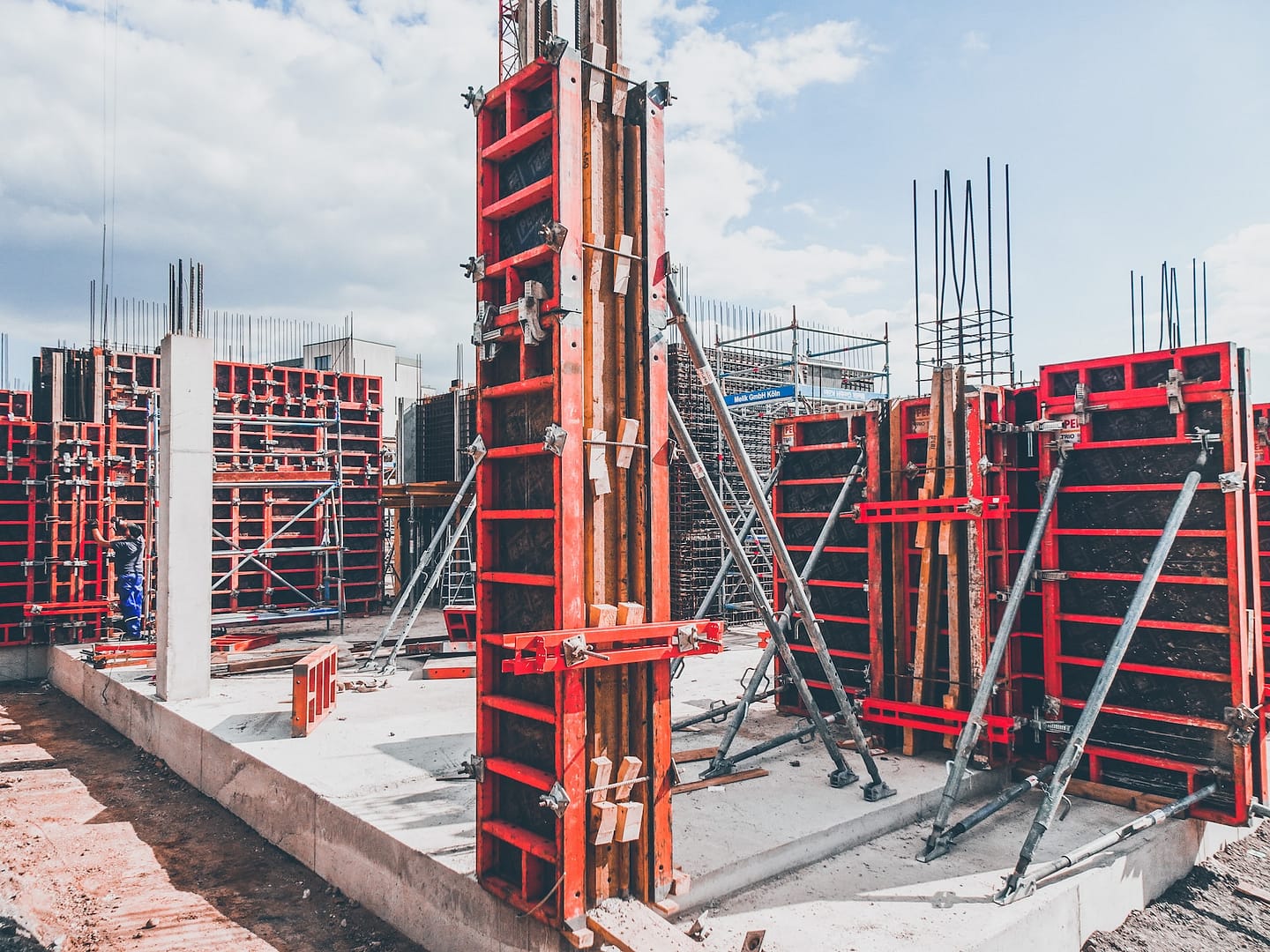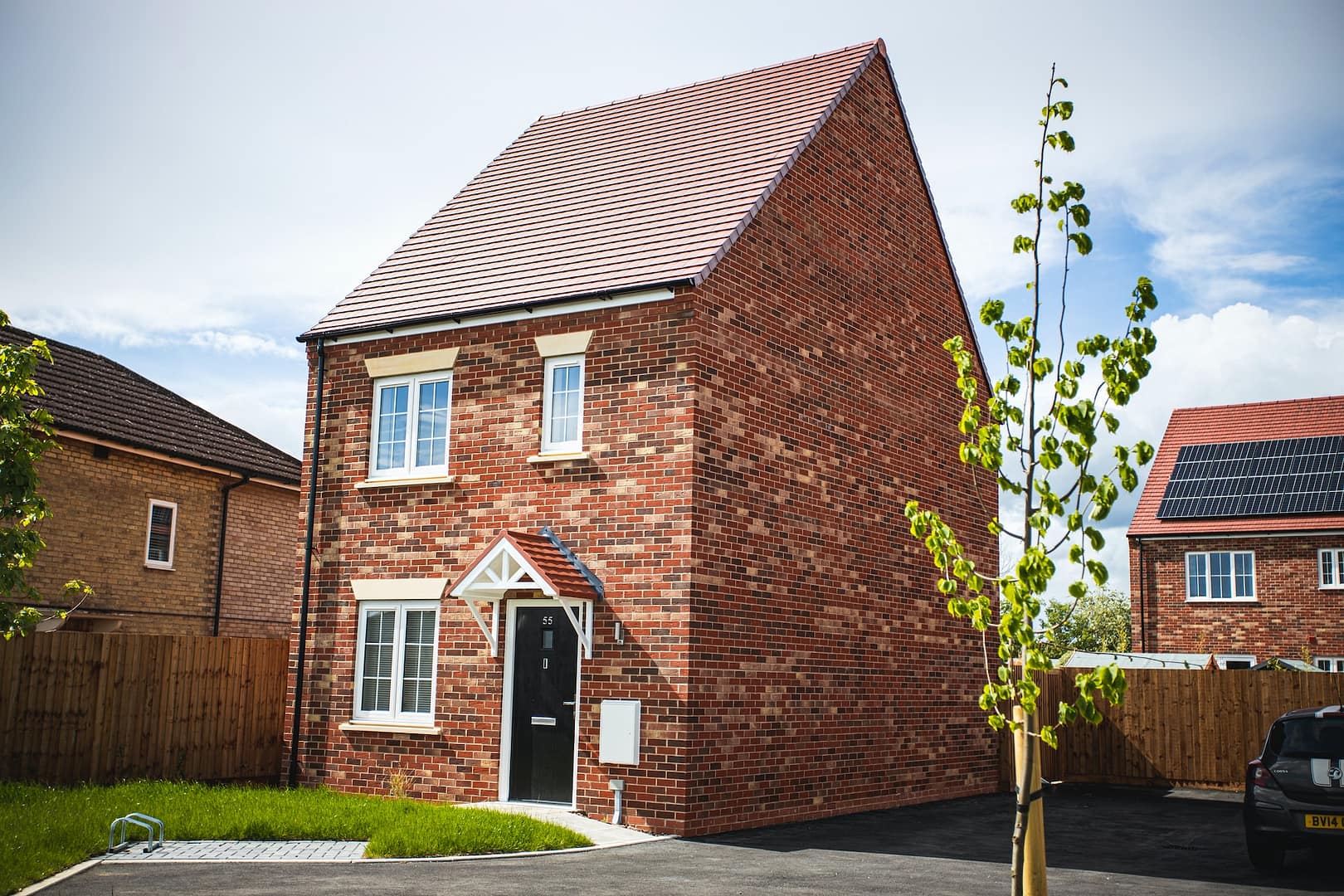In today’s world, where the consequences of climate change are becoming increasingly evident, the need for sustainability has never been more critical. As we navigate the challenges of urbanisation and housing shortages, one aspect that demands our attention is the environmental impact of social housing. These homes, designed to provide affordable shelter for individuals and families with limited financial resources, play a significant role in society. However, their construction and maintenance can have far-reaching consequences for the environment. In this article, we will delve into the complex web of factors that contribute to the environmental impact of social housing and explore the concept of sustainability in this context. We also highlight the steps to take to start a housing disrepair claim.
How Does Social Housing Construction Impact the Environment?
The Building Process
The journey towards understanding the environmental impact of social housing begins at its construction phase. Like any other type of construction, building social housing involves significant resource consumption. Materials such as cement, steel, and bricks are used in abundance, all of which have a substantial carbon footprint associated with their production. Moreover, the energy-intensive construction process itself contributes to greenhouse gas emissions.
Energy Efficiency
Once constructed, social housing units must be heated, cooled, and powered, just like any other home. The environmental impact depends largely on the energy efficiency measures in place. Older social housing developments may lack modern insulation and energy-efficient appliances, resulting in higher energy consumption and increased emissions. In contrast, newer developments often incorporate green building practices to minimise energy use.
Location Matters
Another factor that affects the environmental impact of social housing is its location. Social housing projects may be situated in urban, suburban, or rural areas, and this choice has significant consequences. Urban developments tend to have lower transportation emissions, as they are closer to job centres and public transportation. Conversely, suburban or rural locations can lead to increased car dependency and, consequently, higher emissions.
The Lifespan of Social Housing
The sustainability of social housing isn’t solely determined by its construction. The lifespan of these buildings also plays a crucial role. Well-maintained structures can endure for decades, while neglect or poor maintenance can lead to early demolition and the associated environmental costs of demolition and new construction.
What is Sustainability in Social Housing?
Reducing Carbon Footprint
Sustainability in the context of social housing primarily revolves around reducing the carbon footprint associated with these housing units. This includes not only the emissions produced during construction and operation but also the broader impact on local ecosystems. Sustainable social housing aims to minimise its negative effects on the environment and, ideally, contribute positively to the surrounding community.
Energy-Efficient Design
One of the fundamental principles of sustainable social housing is energy-efficient design. This encompasses various strategies, including the use of renewable energy sources such as solar panels, improved insulation to reduce heating and cooling needs, and the integration of smart technologies for energy management. The goal is to create housing that consumes less energy and relies on cleaner sources.
Sustainable Materials
The choice of materials used in social housing construction can significantly influence its sustainability. Sustainable materials are those that are responsibly sourced, have a lower environmental impact in terms of production and transportation, and are durable to reduce the need for replacements. For example, using locally sourced wood for framing can reduce the carbon footprint compared to importing materials from afar.
Community Integration
Sustainability isn’t limited to the physical attributes of the housing itself; it also involves community integration. Social housing should be designed to promote social cohesion and community engagement. Well-connected neighbourhoods with access to public amenities, green spaces, and public transportation can reduce the need for private vehicle usage, thus lowering emissions.
Adaptive Reuse and Retrofits
In some cases, sustainability in social housing can be achieved through adaptive reuse and retrofits. This involves repurposing existing buildings, such as abandoned factories or office buildings, into social housing units. Such projects not only reduce the environmental impact of demolition and new construction but also breathe new life into underutilised spaces.
Making a Housing Disrepair Claim with National Claims
At National Claims, we understand that the environmental impact of social housing goes hand in hand with the quality and maintenance of these properties. Housing disrepair can lead to significant environmental consequences, as neglected homes often require more extensive repairs and contribute to energy inefficiency. If you’re living in social housing and believe that disrepair issues are affecting your environmental footprint and quality of life, you may be eligible to make a housing disrepair claim.
The Process
The claims process for housing disrepair is straightforward with National Claims:
Contact Us
Reach out to our dedicated team of experts who specialise in housing disrepair claims. You can do this through our website or by giving us a call.
Assessment
Our team will assess your situation and the extent of the disrepair in your social housing unit. We will also consider any environmental impact caused by these issues.
Legal Action
If we believe you have a valid claim, we will initiate legal action against the responsible party, such as your housing association or landlord.
Resolution
Our goal is to ensure that your social housing is brought up to a habitable standard, reducing its negative environmental impact. This may involve repairs, maintenance, or improvements.
Compensation
In some cases, you may also be entitled to compensation for the inconvenience and any health issues caused by housing disrepair.
At National Claims, we are committed to helping individuals like you not only improve the quality of their social housing but also reduce the environmental impact of neglected properties. By addressing disrepair issues promptly, we contribute to a more sustainable living environment for all.

Conclusion
In summary, social housing has a significant environmental footprint, but sustainability initiatives are making progress in mitigating these effects. Through energy-efficient design, sustainable materials, and community engagement, social housing can become a vital component of a more sustainable future. The case study of the United Kingdom’s initiatives highlights the positive impact of government policies and community involvement in reducing the environmental footprint of social housing.
Additionally, addressing housing disrepair is crucial for both the well-being of residents and the environment. Neglected social housing can lead to increased energy consumption, waste, and environmental degradation. By taking steps to ensure that social housing is well-maintained and up to habitable standards, organisations like National Claims contribute to a greener and more sustainable world.
In conclusion, the journey toward a more environmentally friendly and sustainable approach to social housing is ongoing, but it is a journey worth taking. By combining the efforts of governments, communities, and organisations like National Claims, we can work towards a future where social housing not only provides affordable shelter but also minimises its environmental impact, ultimately benefiting both the planet and its inhabitants.
Contact us to get a start on your claim and to find out more about how we deal with housing disrepair.
Click below to see why we are one of the most trusted claims management companies in the UK.

We’re proud of our excellent customer reviews
We thrive on delivering exceptional service and ensuring our clients’ satisfaction. Don’t just take our word for it. Check out some of our independent reviews to see what our clients have to say.
Excellent

This firm is excellent, they sorted out my car pay out and injury claim very fast, they always communicate with you all the time.

My accident case was dealt with confidence and with great result of the outcome, especially James kept me informed all the time.

I was very impressed at the way my inquiry was treated. I was listened to attentively and everything I needed to know was explained to me.






